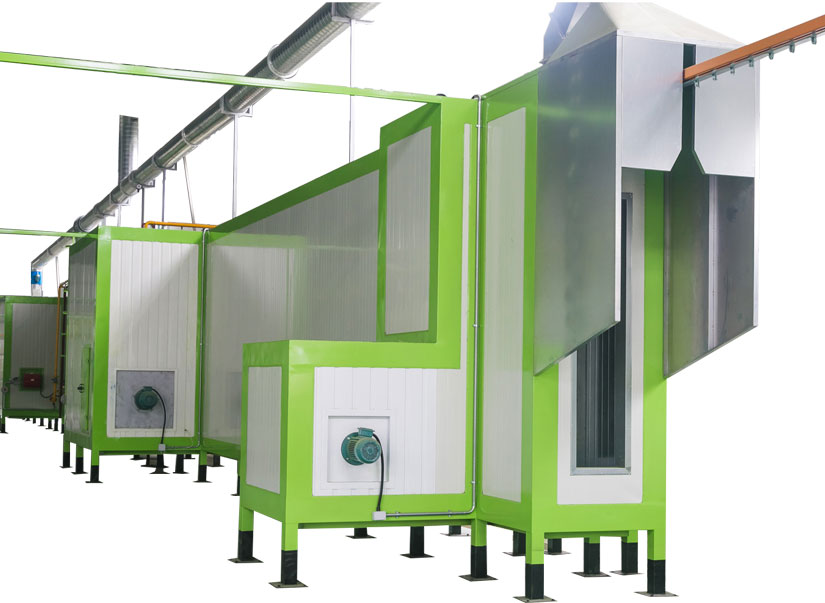Thermosetting powder coatings are processed by using th […]
Thermosetting powder coatings are processed by using thermosetting resin as a film-forming substance and adding curing agents and other materials. The cured coating film will not soften due to the increase in temperature.
Commonly used thermosetting powder coatings are: epoxy powder coating, polyester powder coating and acrylic powder coating.
Epoxy powder coating: Due to its excellent adhesion to metal, anti-corrosion hardness, flexibility and impact strength, it is the first variety used in thermosetting powder coatings. The preparation of epoxy powder coating is composed of epoxy resin, curing agent, pigment, filler and other additives. The contribution of these components to the performance of the formed powder coating is mutually restricted and affects each other. A suitable formula is actually the result of coordination of various components.
Polyester powder coatings: Polyester powder coatings have unique properties compared with other types of powder coatings. It has better weather resistance and UV resistance than epoxy resin. In addition, because the polyester resin has polar groups, the powdering rate is higher than that of epoxy resin. Good decoration. Generally used in refrigerators, washing machines, vacuum cleaners, instrument housings, bicycles, family members and other fields.

Acrylic powder paint: There are two types of acrylic resin powder paint: thermoplastic and thermosetting. The biggest advantage of thermosetting acrylic resin powder coatings is that they have excellent weather resistance, color retention, pollution resistance, strong metal adhesion, and excellent film appearance. They are suitable for decorative powder coatings.
Commonly used thermal powder coatings are: polyurethane powder coatings, polyethylene powder coatings, polyamide powder coatings, fluororesin powder coatings, polypropylene powder coatings, chlorinated ether and other powder coatings.
Polyvinyl chloride powder coating: is one of the cheapest polymers produced on a large scale industrially. It has excellent solvent resistance, good corrosion resistance to water and acid, impact resistance, salt spray resistance, food pollution prevention and high insulation strength for electrostatic spraying. Mainly used for coating metal mesh panels, steel furniture, chemical equipment and other polyethylene powder coatings: it has excellent corrosion resistance, chemical resistance and excellent electrical insulation and ultraviolet radiation resistance. The disadvantage is that the mechanical strength is not high, and the adhesion to the substrate is poor. It can be used in chemical tanks, impellers, pumps, pipeline inner walls, instrument shells, sheet metal, refrigerator inner screens, auto parts, etc.